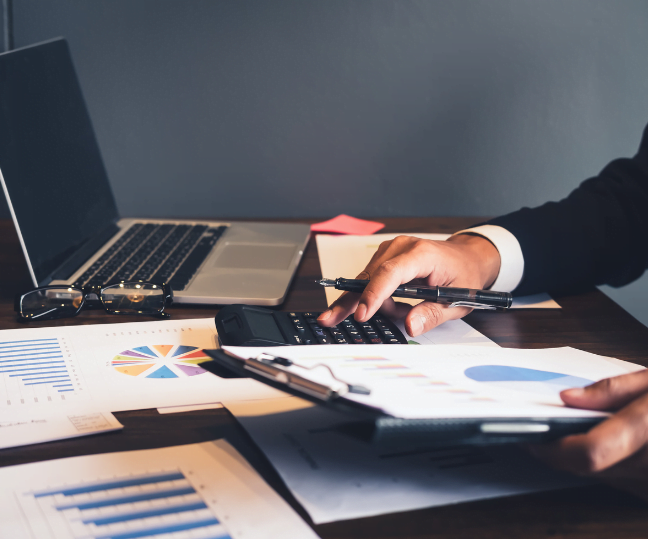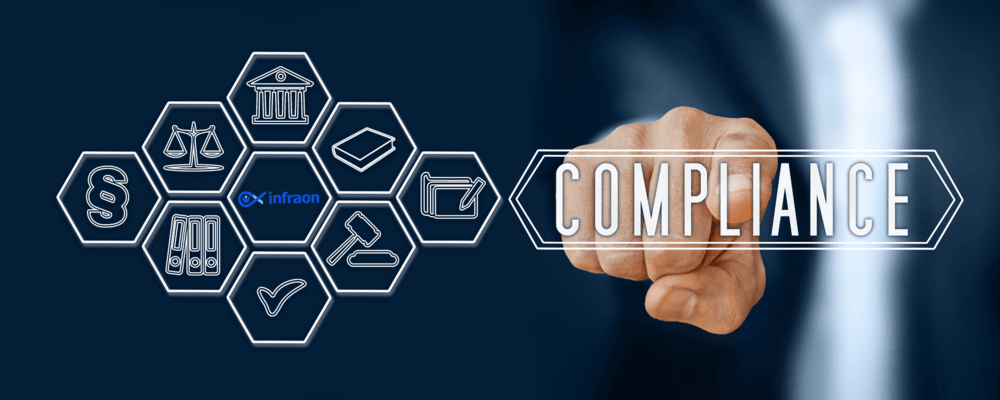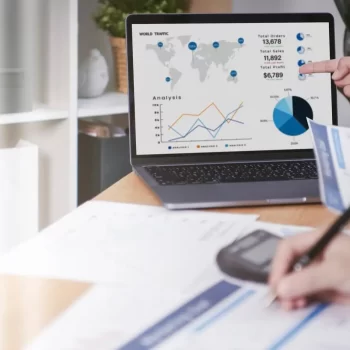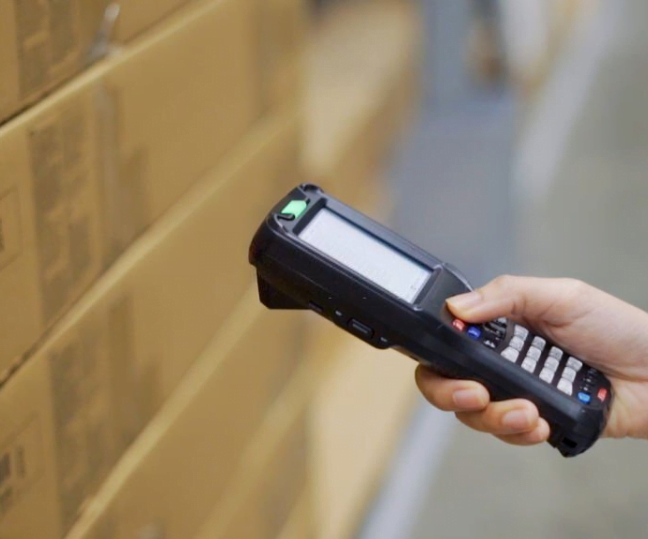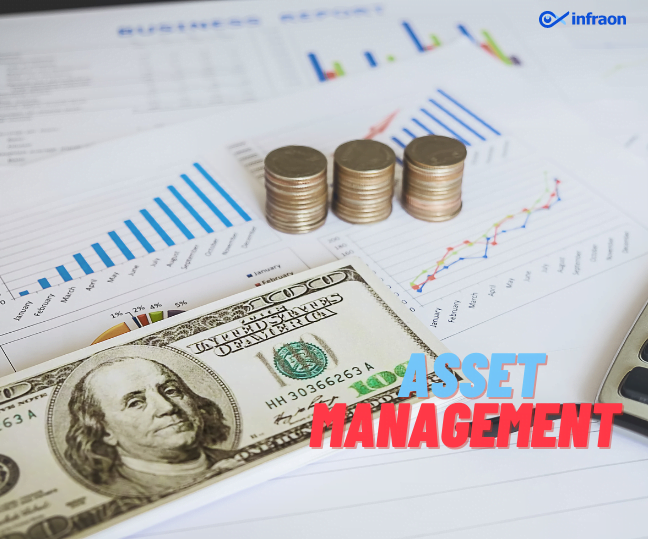Asset management is an evolving process as enterprises face increasing compliance and regulatory requirements. Enterprises also continue to expand their asset inventory as part of their growth and work with multiple vendors and third parties. This diverse range of assets is best managed with a centralized asset management platform that covers asset monitoring, including accurate auditing.

What is assets auditing?
An asset audit is a process whereby the value of a company’s assets is valued, verified, and recorded. An asset audit aims to ensure accuracy in the company’s inventory, accounting for those assets, and preventing asset misappropriation. The steps in an asset audit include
- Identifying all of the company’s assets. This includes tangible assets, such as infrastructure, buildings, equipment, hardware, etc., and intangible assets, such as software licenses, patents, and copyrights.
- Determining the value of all enterprise assets through an appraisal, comparing them to similar assets, checking the history of past purchases, etc.
- Verifying the data to ensure that they have been recorded accurately to ensure asset values are correct and if all assets have been included.
- Reporting on findings in real-time.
Types of asset audit – Internal & External
The two types of asset audits are internal and external.
Internal asset audits are conducted by a company’s employees, while an independent, third-party auditor conducts external asset audits.
- Internal asset audits are typically less expensive and time-consuming than external asset audits, as the company’s employees are already familiar with the company’s assets and processes. However, internal asset audits may be less objective than external asset audits, as the employees conducting the audit may be biased in favor of the company.
- External asset audits are typically more expensive and time-consuming than internal asset audits, as the independent, third-party auditor will need to learn about the company’s assets and processes. However, external asset audits are generally more objective than internal asset audits, as the auditor is not affiliated with the company and therefore has no bias. Nevertheless, it is essential to be clear on your objectives for auditing your assets.
What is the objective of asset auditing?
An asset audit examines an organization’s assets to determine their existence, accuracy, and value. Asset audit software aims to ensure that the organization’s assets are correctly accounted for and valued and to identify any potential risks associated with them. The process can be complex, labor-intensive, and time-consuming, but it is an integral part of an organization’s overall risk management strategy. By identifying and addressing potential risks associated with its assets, an organization can protect its financial interests and safeguard its reputation. Moreover, with modern asset auditing software, organizations can monitor and manage their assets in real-time with minimal human intervention, leading to greater accuracy and efficiency.
How to perform an asset audit?
Tracking and assessing the value of organizational assets is integral to making sound financial data-driven decisions, identifying potential risks and opportunities, and improving overall performance. There are a few different ways to approach an asset audit.
One standard method is to divide assets into categories, such as fixed assets, intangible assets, and natural resources. Each category can then be divided into subcategories. For example, fixed assets might include buildings, and equipment, while intangible assets might consist of intellectual property, customer relationships, and goodwill.
Once assets have been categorized, the next step is to assess their value. It can be done using various methods, such as replacement cost, market value, or book value. The chosen method will depend on the asset’s value type and the valuation’s purpose.
After assets have been valued, the next step is identifying any associated risks or opportunities. It can include things like environmental risks, legal risks, or financial risks. Once risks have been identified, they can be mitigated or taken advantage of.
By understanding your business needs, its assets, and the reports drawn from an asset auditing software, you can ensure that all your assets are optimized. However, following best practices is essential to a successful asset audit.

Asset auditing best practices
Some of the best practices in asset auditing include
- Define the scope of asset auditing to ensure that they are accounted for and that the audit focuses on the most critical assets.
- Develop an asset inventory, which will serve as the basis for the audit and help identify which assets are most important.
- Conduct interviews with key personnel to gather information about the assets and their use.
- Review asset documentation to identify discrepancies between the asset inventory and the documentation.
- Inspect the assets to verify their condition and identify discrepancies between the inventory and the physical condition of the assets.
- Compare the results of the asset audit to the company’s financial records to identify any discrepancies between the two and determine the asset records’ accuracy.
- Report the findings of the asset audit to ensure that all stakeholders are in the know and can take corrective action if necessary.
Fortunately, you can perform all of the above using asset management software. You can save time and labor by freeing the IT team from entering endless entries into spreadsheets, ensuring greater accuracy by eliminating human errors, and using a single unified dashboard to view your assets’ status and usage. The appropriate asset auditing software and best practices can offer myriad benefits and increase your enterprise’s ROI.
What are the benefits of an asset audit?
An asset audit is an inventory of all the physical assets owned by an enterprise. This would include all IT and non-IT assets and any other asset related to the business. The benefits of performing an asset audit are many, but some of the most important include:
- A complete and accurate record of all company assets
- Identifying missing or stolen items.
- Locating assets that are not being used or are underutilized.
- Determining the current fair market value of assets.
- Creating a budget for the replacement or refurbishment of assets.
- Assessing insurance coverage and making sure that assets are adequately insured.
- Identifying assets that need repair or maintenance.
- Creating a plan for the disposition of assets that are no longer required.
The above benefits and more can be achieved with a modern asset auditing solution, with a few essential features.
What are the must-have features of modern asset auditing software?
Asset auditing software is designed to help organizations keep track of their assets and ensure they are used effectively. A number of different features are typically included in asset auditing software, and the specific features will vary depending on the particular program. However, some features are essential for most asset auditing software programs.
Asset tracking
One of the essential features of asset auditing software is the ability to track assets over time. The software should track when assets are acquired, when they are used, and when they are disposed of. This information can be used to help organizations determine the value of their assets, and it can also help to identify trends in asset usage.
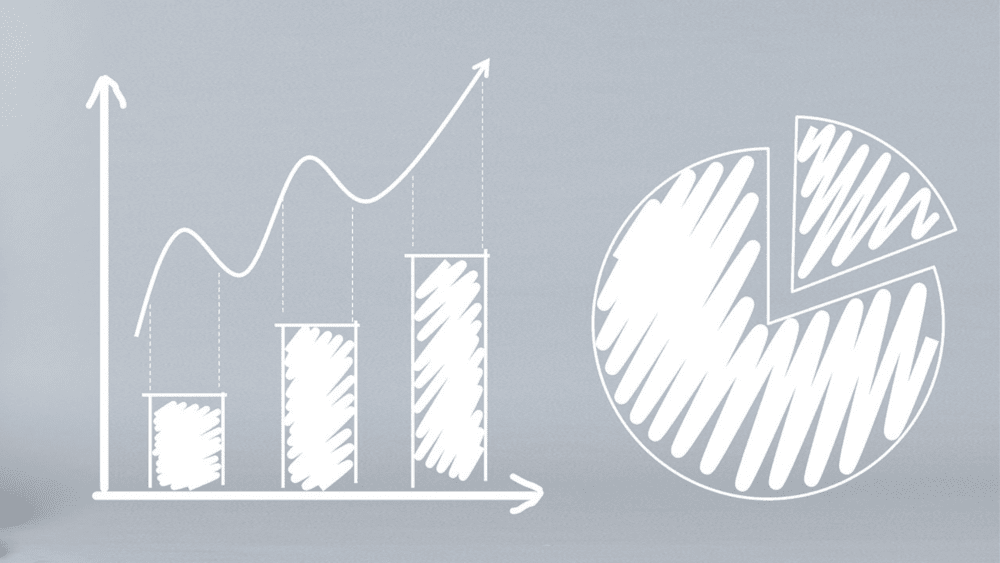
Real-time reports
Another essential feature of asset auditing software is the ability to generate reports. These reports can be used to identify areas where assets are not being used effectively, and they can also help identify potential problems with how assets are being managed. Reports can also be used to help organizations make decisions about how to best use their assets.
Tools to manage assets
Asset auditing software should also include a variety of tools that can be used to manage assets. Automation and AI-enabled tools help organizations keep track of their assets and can also be used to help organizations make changes to how they manage their assets. These tools in a unified and integrated platform can help optimize asset usage and reduce operational costs.
Asset auditing software that includes all of these features is essential for any organization that wants to effectively manage its assets. Therefore, it is vital for organizations to carefully consider the features that they need before selecting a particular asset auditing software.
Some of the common questions that may come up when considering asset audits include:
- Why do we audit assets?
We audit assets to ensure they are appropriately valued. The value of assets can significantly impact a company’s financial position. Auditing also helps detect and prevent fraud. And an audit can help ensure that assets are used efficiently and effectively, leading to an improved bottom line.
- How do you verify an asset in auditing?
The need to physically verify an asset has become unnecessary in today’s businesses. A cloud-enabled software offers an automated process that is mobile and synced to the cloud. The dashboard can let you view, track, monitor, and verify an asset on the go. You can also pull up asset history records and get real-time usage reports.
- What is proof of asset?
Simply put, an asset is something that has economic value and can be converted into cash. ‘Proof of Asset’ is a document verifying that an asset exists and has a specific value. Each type of asset has a unique ‘proof of asset’ and can be used to ascertain its value.
Exploring answers to these questions can highlight the significance of asset auditing software and how it can play a crucial role in your business growth.
Final words
Regardless of the size of the enterprise, assets will be part of business operations. They could be hardware, including systems and network, software applications and their relevant licenses, digital data, and human resources, to name a few. However, tracking and managing each of your assets is best done with a comprehensive asset management solution.
